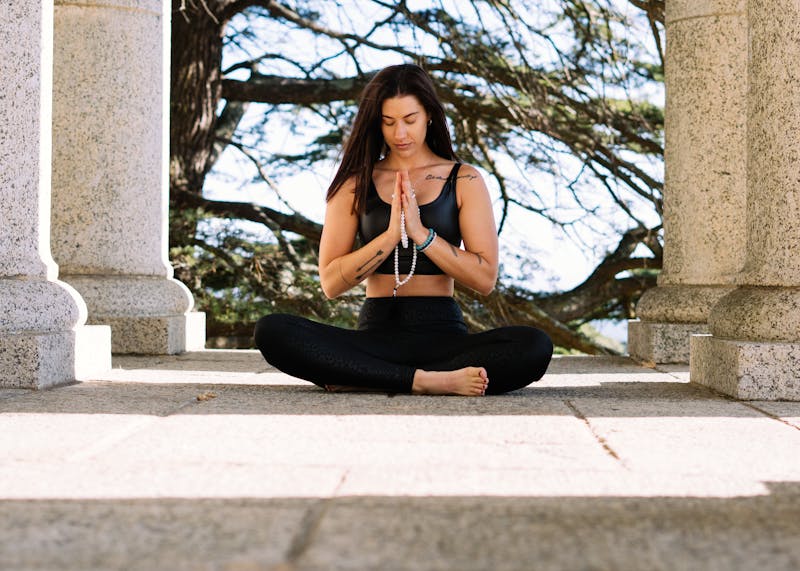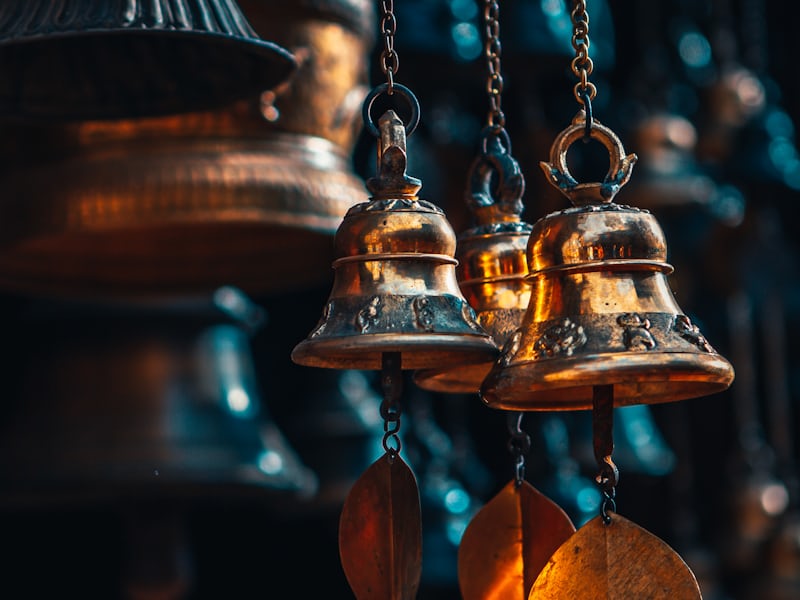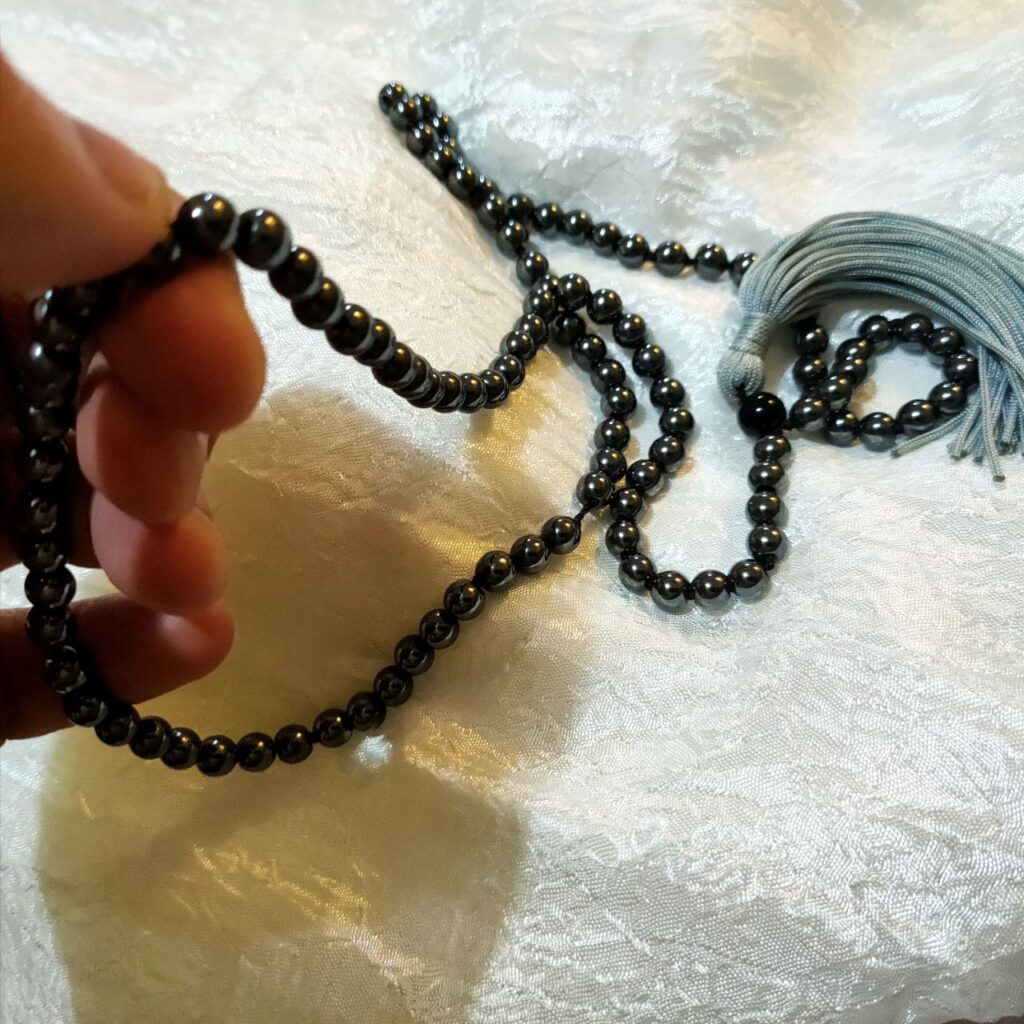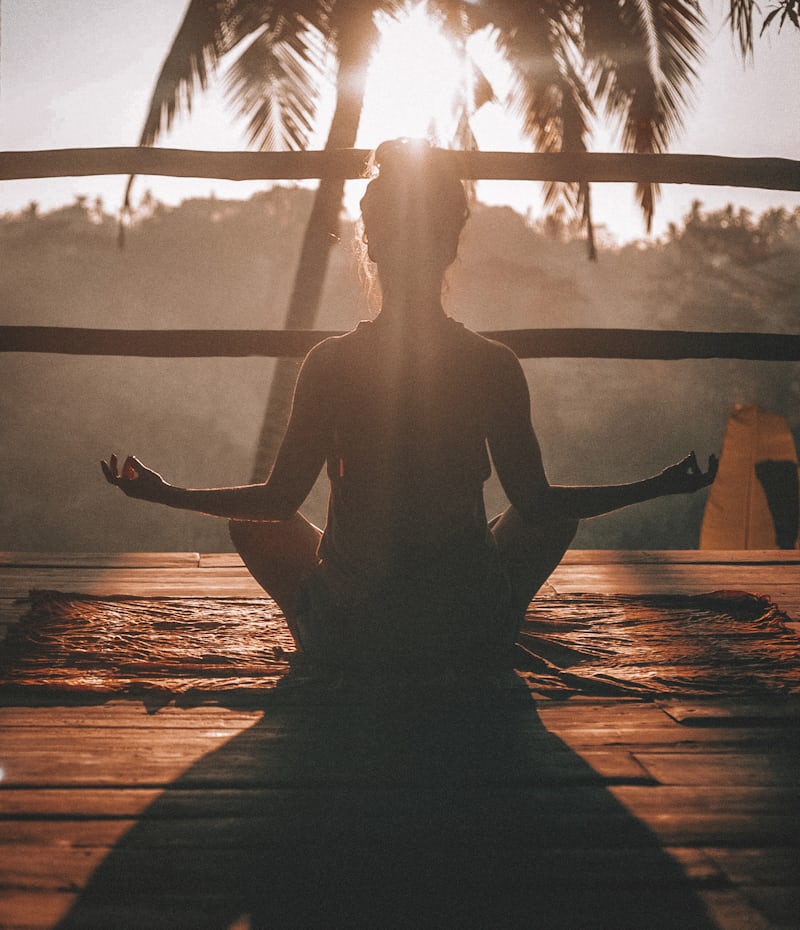
One of the most popular mantras in yoga is “Om Namah Shivaya.” This mantra is often chanted during meditation or as a way to connect with the divine.
What does “Om Namah Shivaya” mean?
“Om” is a sacred sound that is often used at the beginning and end of yoga practices. It is a representation of the infinite universe. “Namah” means “to bow or homage.” “Shivaya” comes from “Shiva,” which is one of the main Hindu deities. Shiva is one of the most important deities in Hinduism and yogic tradition. He is known as the destroyer, but this doesn’t mean that he destroys in a negative way. Rather, he destroys old patterns and ways of being that no longer serve us so that we can make space for new growth. For this reason, chanting Om Namah Shivaya can be a way of asking for Shiva’s help in letting go of what is no longer serving us and making space for something new.

The Deeper Meaning of “Om Namah Shivaya”
This mantra can be translated to mean “I honor the divine within me.” When you chant this mantra, you are honoring your highest self. This can be a powerful way to connect with your innermost thoughts and feelings. This mantra is still widely used today by yoga practitioners and those who seek blessings and protection from harm.

The Benefits of Chanting “Om Namah Shivaya”
When you chant Om Namah Shivaya, you open yourself up to blessings from the Universe. You clear away your egoic mind so that you can connect with your true nature. This true nature is full of love, light, and peace. When you connect with your true nature, you open yourself up to limitless possibilities. All of your Unrealized Potential becomes Realized Potential. All things are possible when we connect with our highest selves.

Chanting “Om Namah Shivaya” with a Mala Set with Your Intentions
Om Namah Shivaya is more than just a sound or a set of words. It is a gateway into another realm altogether. When you chant this mantra with intention, you are tapping into something much bigger than yourself. Chanting this mantra with a mala allows you to access divine energy and tap into your potential for greatness.
The next time you find yourself feeling lost or uncertain, try chanting Om Namah Shivaya. This powerful mantra can help you connect with your highest self so that you can access your Unrealized Potential and tap into your greatness. By opening yourself up to divine energy and setting an intention for what you wish to receive, you allow limitless possibilities to unfold in your life! So go ahead and give it a try! See what happens when you chant Om Namah Shivaya with intention. You may be surprised by what unfolds.






















